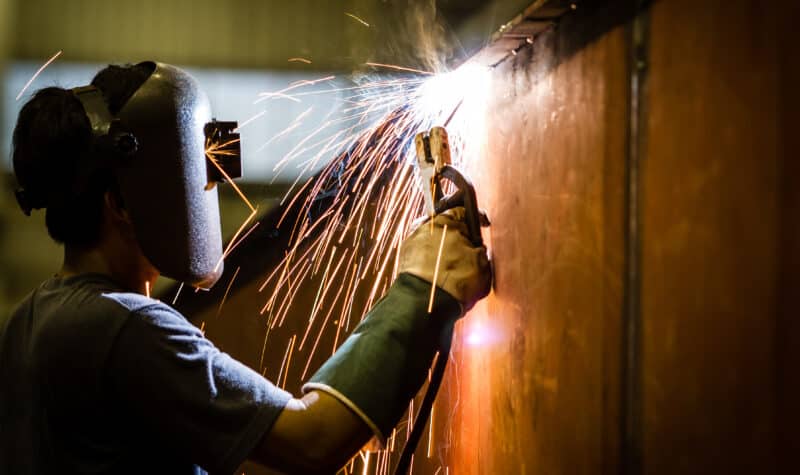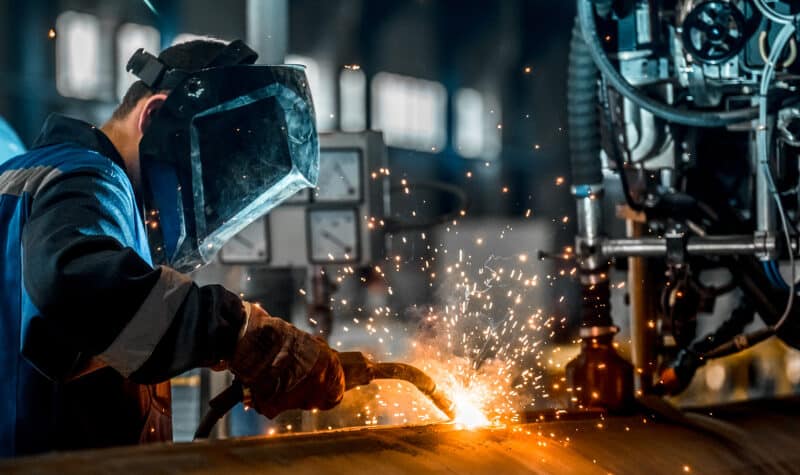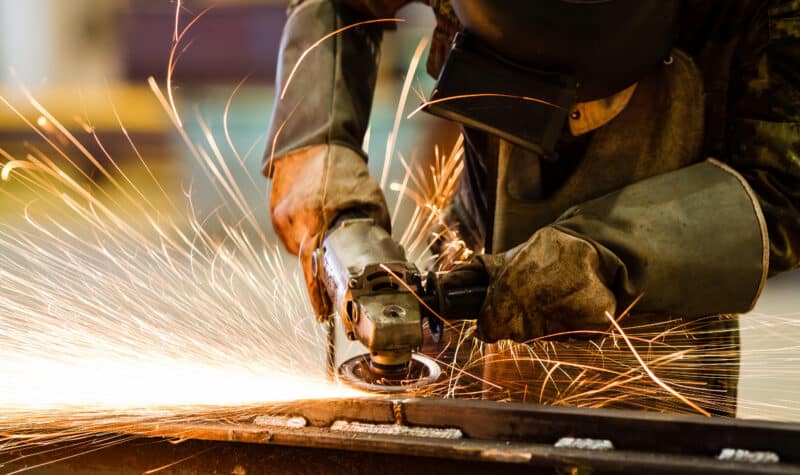Steel is essential to India’s industrial and infrastructure development, but its production carries a significant environmental cost. The sector accounts for 10-12% of the country’s total greenhouse gas emissions. As the global shift towards net-zero accelerates, the steel industry must evolve or face the risk of being left behind.
That’s why the Ministry of Steel’s new roadmap – released a few weeks ago – is a pivotal moment in decarbonising a challenging yet vital industry. Titled “Greening the Steel Sector in India: Roadmap and Action Plan“, this roadmap has the potential to shape the future of India’s steel industry. More than just another government publication; it is the culmination of a year’s work by 14 task forces, initially commissioned by former Minister Jyotiraditya Scindia and continued by the current Minister, H.D. Kumaraswamy.
Decarbonising such an energy-intensive sector reliant on coal might seem daunting, but this first-of-its-kind effort attempts to outline a path forward of reaching the government’s target of achieving net zero in the sector by 2070. It presents a strategy that, if effectively implemented, could position India at the forefront of green steel production.
So what makes this roadmap so important?
The report itself is the result of a unique collaborative effort involving experts from government, industry, and civil society. Led by the Ministry of Steel, and supported by civil society organisations like the Council on Energy, Environment, and Water (CEEW) and The Energy and Resources Institute (TERI), the document reflects broad stakeholder input. Several members of the India Green Steel Network, in their individual capacity, have also contributed to ensure that it represents diverse perspectives.
What sets this report apart is its practical approach to outlining a decarbonisation pathway. This clarity makes it a potential reference point not just for other hard-to-abate sectors in India like cement, chemicals, power etc., but also for countries in the Global South facing similar challenges in industrial decarbonisation. The recommendations lay the groundwork for the launch of a Green Steel Mission, likely next year, which could play a pivotal role in ensuring the sector’s long-term transition to sustainability.
One of the most promising policy directions highlighted in the report is the focus on Green Public Procurement (GPP). The idea is straightforward: create demand for green steel by making the government its first significant customer. The proposal to establish a centralised agency to procure green steel for infrastructure projects could be transformative. The report projects that green steel consumption through GPP could rise from 2.2 million tonnes in 2026-2027 to 10.6 million tonnes by 2031, with the share of green steel in total procurement increasing from 5% in FY27 to 15% by FY31. This shift could bridge the price gap between green and traditional steel, accelerating green steel’s entry into the mainstream market.
The report also sets a target to reduce the energy intensity of steel production from 2.54 to 2.2 tCO2 per tonne of crude steel by 2030. This may seem modest on paper, but it represents a significant leap in practice. Achieving this would not only cut emissions but also make India’s steel sector more competitive globally, especially as carbon regulations and tariffs tighten. Lower emissions combined with stronger international positioning for India’s steel exports create a win-win scenario.
The roadmap highlights several key strategies for the coming years. One of the most promising is the use of green hydrogen in steelmaking. Though still in its experimental phase, green hydrogen-based direct reduced iron (DRI) and electric arc furnace (EAF) steelmaking could revolutionise the industry within the next decade. By 2030, the cost of green hydrogen could fall to US$1/kg, making it a viable option for large-scale steel production.
In addition to green hydrogen, renewable energy and natural gas will play crucial roles in decarbonising steel production. The report projects that renewable energy could comprise 43% of the sector’s energy mix by 2030-31, necessitating an investment of INR 73,861 crores. This shift not only lowers emissions but also shields the sector from rising carbon costs and stringent regulations.
Similarly, until green hydrogen becomes viable, natural gas can serve as a critical transition fuel. With the industry currently consuming about 1 billion cubic metres (BCM) annually, it aims to increase consumption to 10 BCM by 2030, contingent on competitive pricing around US$4/MMBtu (Metric Million British Thermal Unit). Transitioning from coal to gas can significantly reduce emissions, paving the way for future adoption of green hydrogen. However, challenges such as inadequate pipeline infrastructure and volatile prices must be addressed to ensure natural gas effectively supports the decarbonisation pathway. Only 21% of the existing blast furnace capacity and 5% of the coal-based DRI capacity currently have access to gas pipelines.
Carbon Capture, Utilisation, and Storage (CCUS) is also a critical strategy highlighted in the report. CCUS could mitigate up to 56% of the steel sector’s emissions, but the technology remains expensive, with current costs ranging from USD 45-60 per tonne of CO2 captured, as well as relatively unproven at scale. Scaling up this technology will require significant investment and the development of infrastructure for CO2 storage and transport, which are currently limited in India. While CCUS is seen as a medium- to long-term solution, improving energy efficiency through the adoption of Best Available Technologies (BATs) represents a potentially low-hanging fruit to capitalise on.
Secondary steel producers will also need considerable support to transition to greener technologies. These producers, typically operating on a smaller scale, manufacture steel by recycling scrap metal, often using electric arc furnaces (EAF) or induction furnaces to melt the scrap.The report acknowledges that these smaller players, which make up a significant part of India’s steel sector, will require targeted financial assistance and policy incentives to ensure they are not left behind in the green transition.
While the report offers a clear path forward, there are still challenges. A key question is how India will define “green steel.” The report outlines several options—whether to focus on emission intensity, scrap content, or lifecycle assessments—but no consensus has been reached just yet. The choices made in the coming months and years will be crucial. A clear definition of green steel is essential to establish the right incentives and regulatory frameworks that will drive industry behaviour.
This roadmap marks a crucial turning point for India’s steel sector, underscoring the government’s commitment to addressing climate change and reshaping this key industry. While it outlines a range of policy options, the success of the Green Steel Mission will hinge on making strategic and decisive choices that send clear, strong signals to the market.
Decarbonising steel is not a simple task, and the journey ahead will be challenging, but the potential rewards for both India and the world are substantial. The future of steel is green, and India might just be poised to take the lead.

About the Author
Nandan
Nandan bring a wealth of experience across his roles in impact investing, consulting, non-profits, academia and politics. He supports the build out and implementation of policy and government engagement strategies for our work in India.

About the Author
Sakshi
Sakshi has spent more than a decade working on policy advocacy and strategy development for non-profits. She now leads our steel programme at Climate Catalyst and works with partners to implement strategies to accelerate steel decarbonisation in India.



